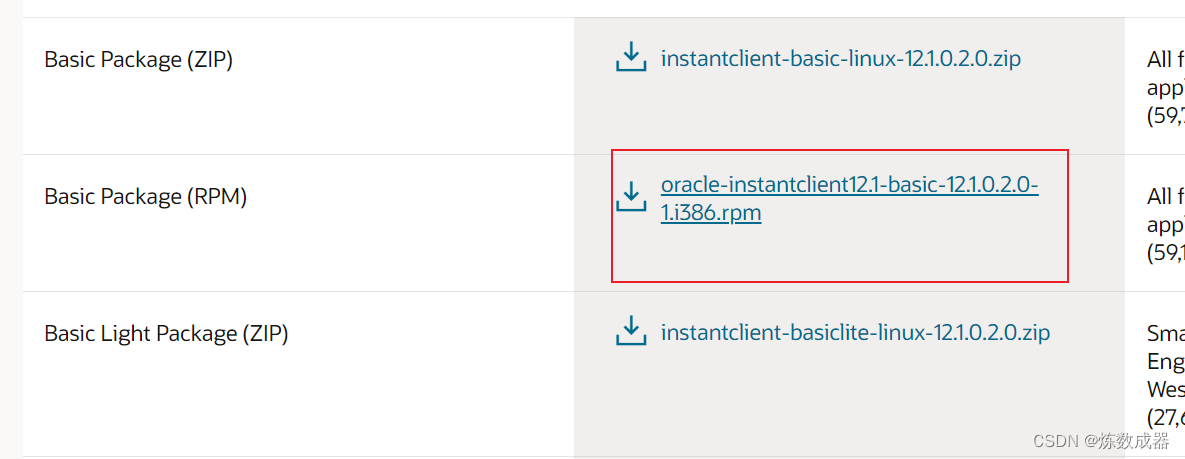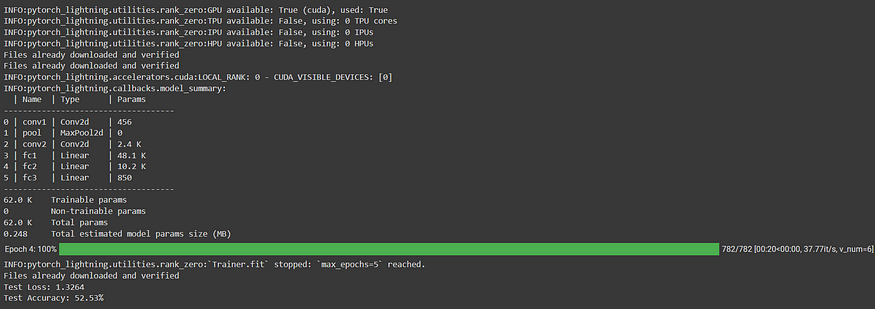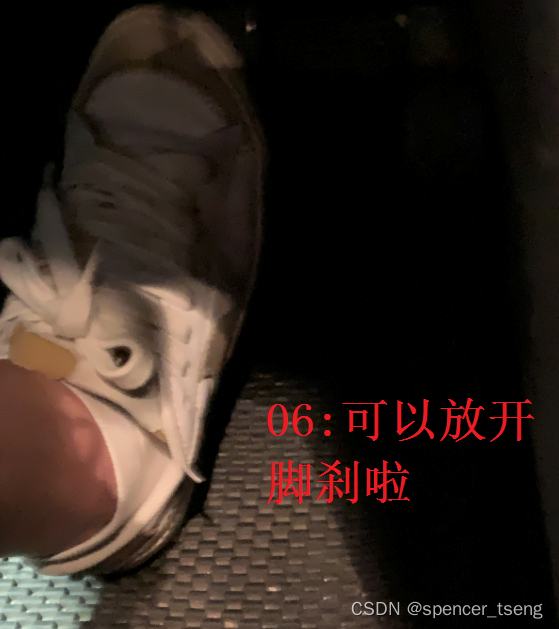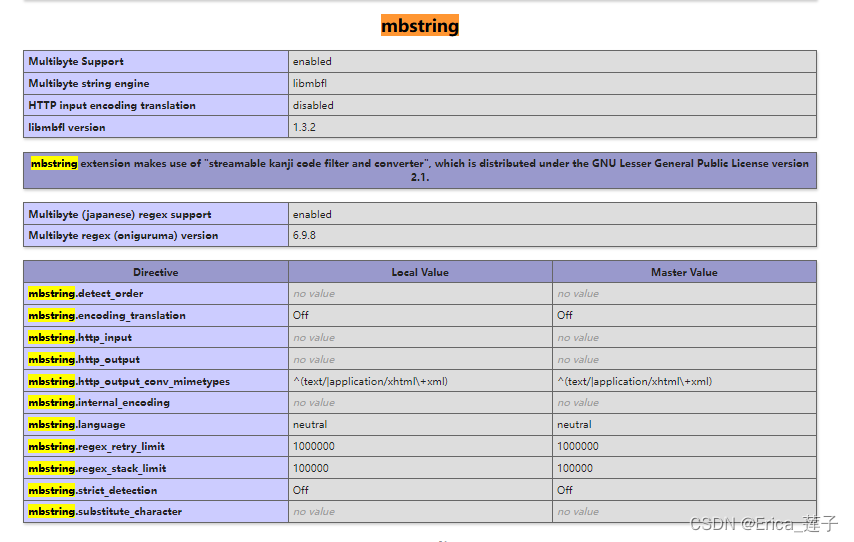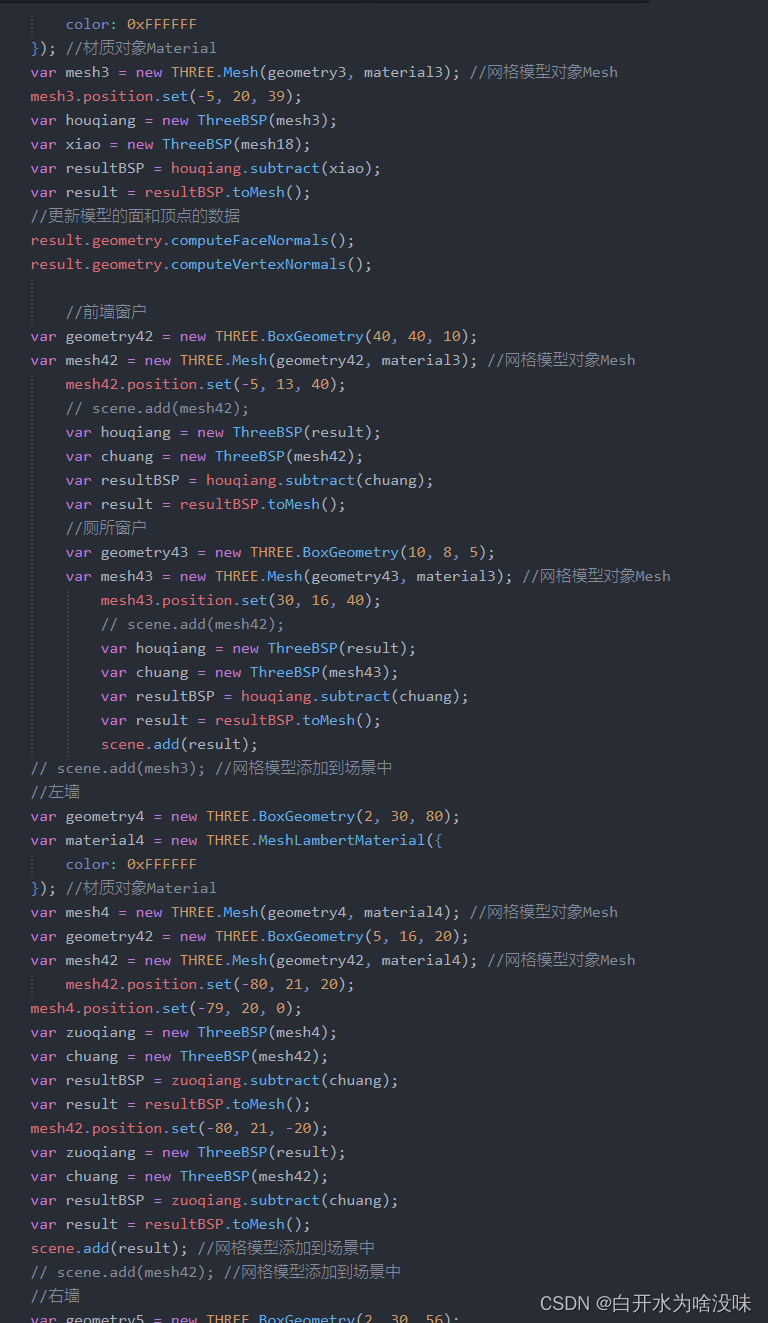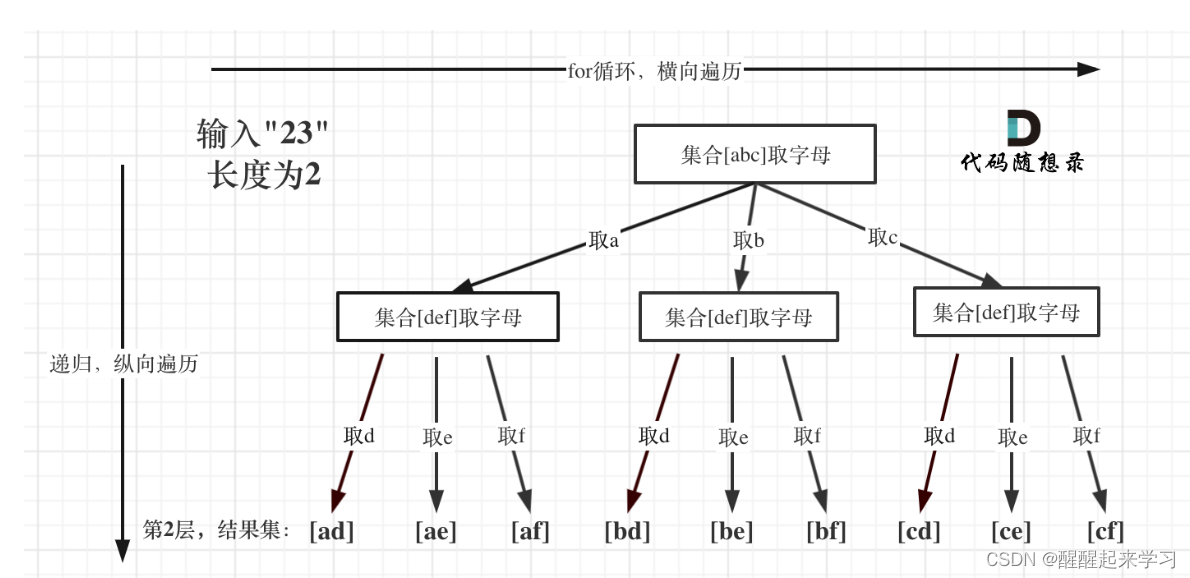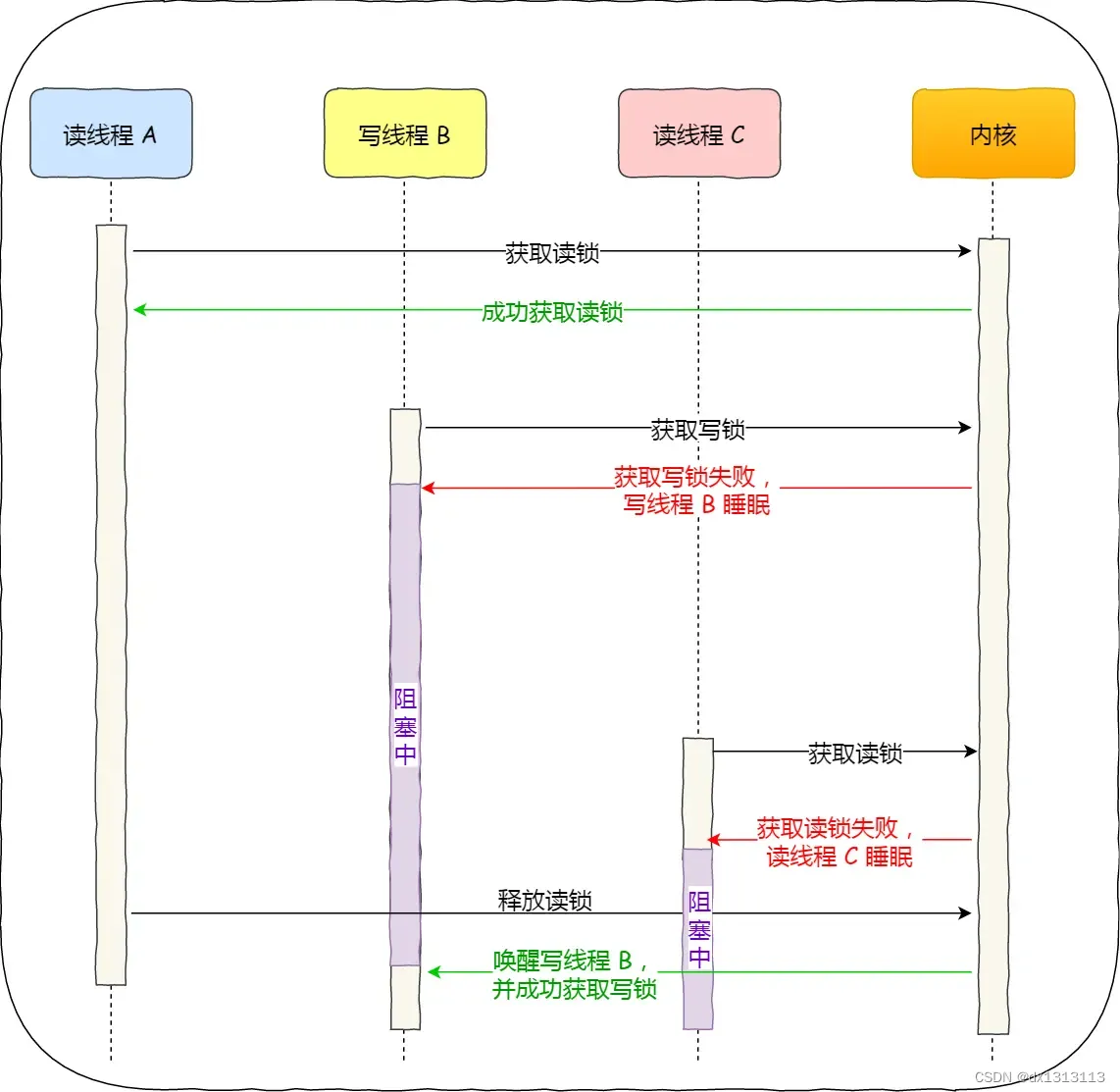⭐️ string
string 是表示字符串的字符串类,该类的接口与常规容器的接口基本一致,还有一些额外的操作 string 的常规操作,在使用 string 类时,需要使用 #include <string> 以及 using namespace std;。
✨ 帮助文档:https://cplusplus.com/reference/string/string/string/
🌟 std::string::string 构造函数(constructor)
| 序号 | 构造函数 | 功能 |
|---|---|---|
| 1️⃣ | string() | 默认拷贝:构造空的string类对象,即空字符串,默认第一个字符位置是'\0',为了兼容c |
| 2️⃣ | string(const string& str) | 拷贝构造 |
| 3️⃣ | string(const string& str , size_t pos , size_t len = npos) | 拷贝构造的重载,从字符串 pos 位置开始拷贝,拷贝 len 个字符 |
| 4️⃣ | string(const char * s) | 使用 c_string 来初始化 string 类对象 |
| 5️⃣ | string(const char * s , size_t n) | 从 s 指向的字符串中复制前 n 个字符 |
| 6️⃣ | string(size_t n , char c) | 使用 n 个 c 字符来填充字符串 |
| 7️⃣ | template <class InputIterator> string (InputIterator first , InputIterator last) | 复制一个迭代器序列的字符串 [first , last) |
#include <iostream>
#include <string>
using namespace std;
int main() {
string s1; // 默认构造 第一个字符是 `\0`
cout << s1 << endl;
/*
调用构造本身的写法应该是:string s2("hello world");
但是为什么可以这样写呢? string s2 = "hello world";
因为当构造函数是单参的时候,是支持隐式类型转换的。这里本质上先构造再拷贝构造,但是编译器
通常会优化为直接构造。若不希望隐式类型的转换可以在构造函数前添加 explicit 关键字
*/
string s2 = "hello world"; // 使用c字符串构造一个string类对象
cout << s2 << endl;
string s3(s2); // 拷贝构造
cout << s3 << endl;
string s4(s3, 6, 5); // 拷贝构造的重载 从下标6位置开始拷贝 拷贝5个字符
cout << s4 << endl;
string s5("hello" , 3); // 拷贝 `hello` 前3个字符
cout << s5 << endl;
string s6(10 , 'a'); // 使用 10个 `a` 填充对象
cout << s6 << endl;
string s7(s6.begin() , s6.end()); // 迭代器序列初始化
cout << s7 << endl;
return 0;
}
output:

ps: npos 原型:static const size_t npos = -1;。npos 的访问:string::npos。无符号的 -1 相当于是整型的最大值,若当不传这个参数时, 或者 len 大于后面剩余字符的长度,那么使用默认参数 npos都是相当于 直到字符串的结束。[ 返回 ]

🌟 std::string::operator= 赋值重载
| 序号 | 函数名称 | 功能 |
|---|---|---|
| 1️⃣ | string& operator= (const string& str) | 用一个新的 string 对象替换当前 string 对象的内容 |
| 2️⃣ | string& operator= (const char * s) | 用一个c的字符串替换当前 string 对象内容 |
| 3️⃣ | string& operator= (char c) | 使用一个字符替换当前 string 对象的内容 |
#include <iostream>
#include <string>
using namespace std;
int main() {
string s1 = "hello world";
// 1.
string temp = "ccc";
s1 = temp;
cout << s1 << endl;
// 2.
s1 = "hhhh";
cout << s1 << endl;
// 3.
s1 = 'a';
cout << s1 << endl;
return 0;
}
output:

🌟 元素的访问
| 序号 | 函数名称 | 功能 |
|---|---|---|
| 1️⃣ | char& operator[] (size_t pos) | 返回当前 string 对象中 pos 位置字符的引用 |
| 2️⃣ | const char& operator[](size_t pos) const | 返回当前 const string 对象中 pos 位置字符的引用 |
| 3️⃣ | char& at (size_t pos) | 返回当前 string 对象中 pos 位置字符的引用 |
| 4️⃣ | const char& at (size_t pos) const | 返回当前 const string 对象中 pos 位置字符的引用 |
| 5️⃣ | char& back() | 返回当前 string 对象最后一个字符的引用 |
| 6️⃣ | const char& back() const | 返回当前 const string 对象最后一个字符的引用 |
| 7️⃣ | char& front() | 返回当前 string 对象第一个字符的引用 |
| 8️⃣ | const char& front() const | 返回当前 const string 对象第一个字符的引用 |
ps: at 和 [] 的行为是一样的,函数都会检查 pos 是否是合法位置,若不是,[] 是断言错误,而 at 是抛异常。
ps: back == [xx.size() - 1]、front == [0]。
#include <iostream>
#include <string>
using namespace std;
int main() {
const string s1 = "hello";
for (size_t i = 0; i < s1.size(); i++) {
cout << s1[i] << " ";
}
cout << endl;
string s2 = "world";
for (size_t i = 0; i < s2.size(); i++) {
s2[i]++;
cout << s2[i] << " ";
}
cout << endl;
string s3 = "hello world";
cout << s3.back() << s3[s3.size() - 1] << endl;
cout << s3.front() << s3[0] << endl;
cout << s3.at(4) << endl;
return 0;
}
output:

🌟 元素的长度
| 序号 | 函数名称 | 功能 |
|---|---|---|
| 1️⃣ | size_t size() const | 返回 string 对象实际字符的长度 |
| 2️⃣ | size_t length() const | 返回 string 对象实际字符的长度 |
#include <iostream>
#include <string>
using namespace std;
int main() {
string s = "hello world";
cout << s.size() << endl; // 11
cout << s.length() << endl; // 11
return 0;
}
🌟 string 迭代器
| 序号 | 函数名称 | 功能 |
|---|---|---|
| 1️⃣ | iterator begin() | 返回一个迭代器,该迭代器指向 string 对象的第一个字符 |
| 2️⃣ | const_iterator begin() const | 返回一个迭代器,该迭代器指向 const string 对象的第一个字符 |
| 3️⃣ | iterator end() | 返回一个迭代器,该迭代器指向 string 对象最后一个实际字符的下一个位置 |
| 4️⃣ | const_iterator end() const | 返回一个迭代器,该迭代器指向 const string 对象最后一个实际字符的下一个位置 |
| 5️⃣ | reverse_iterator rbegin() | 返回一个反向迭代器,该迭代器指向 string 对象最后一个实际字符的位置 |
| 6️⃣ | const_reverse_iterator rbegin() const | 返回一个反向迭代器,该迭代器指向 const string 对象最后一个实际字符的位置 |
| 7️⃣ | reverse_iterator() rend() | 返回一个反向迭代器,该迭代器指向 string 对象第一个字符的前一个位置 |
| 8️⃣ | const_reverse_iterator() rend() const | 返回一个反向迭代器,该迭代器指向 const string 对象第一个字符的前一个位置 |
ps: [ begin() , end() )、( rend() , rbegin() ]
#include <iostream>
#include <string>
using namespace std;
int main() {
string s = "hello world";
for (string::iterator it = s.begin(); it != s.end(); it++) {
cout << *it << " ";
}
// output: h e l l o w o r l d
cout << endl;
// 自动迭代 自动判断结束
// 范围for 本质上调用的也是迭代器
for (auto val : s) {
cout << val << " ";
}
// output: h e l l o w o r l d
cout << endl;
for (string::reverse_iterator it = s.rbegin(); it != s.rend(); it++) {
cout << *it << " ";
}
// output: d l r o w o l l e h
cout << endl;
// const
const string s2 = "nihao";
string::const_iterator it = s2.begin();
while (it != s2.end()) {
cout << *it << " ";
it++;
}
// output: n i h a o
cout << endl;
string::const_reverse_iterator rit = s2.rbegin();
while (rit != s2.rend()) {
cout << *rit << " ";
rit++;
}
// output: o a h i n
return 0;
}
output:

🌟 string 对象修改
| 序号 | 函数名称 | 功能 |
|---|---|---|
| 1️⃣ | void push_back (char c) | 在当前 string 对象的末尾追加一个 c 字符 |
| 2️⃣ | string& append (const string& str) | 在当前 string 对象的末尾追加一个 const string str 对象 |
| 3️⃣ | string& append (const string& str , size_t subpos , size_t sublen) | 在当前 string 对象的末尾追加一个 const string str 对象的子串,从 subpos 位置开始,拷贝 sublen 个字符过去 类似上面构造函数的 npos 用法 |
| 4️⃣ | string& append (const char* s); | 在当前 string 对象的末尾追加一个 c_string 字符串 |
| 5️⃣ | template <class InputIterator> string& append (InputIterator first , InputIterator last) | 追加一个迭代器序列的字符串 [first , last) |
#include <iostream>
#include <string>
using namespace std;
int main() {
string s = "hello";
s.push_back('-');
cout << s << endl;
s = "hello";
string temp = " world";
s.append(temp);
cout << s << endl;
string s2 = "hello";
string temp2 = " world";
s2.append(temp2 , 0 , 3);
cout << s2 << endl;
string s3 = "hello";
s3.append(" world");
cout << s3 << endl;
string s4 = "hello";
s4.append(s4.begin(), s4.end());
cout << s4 << endl;
string s5 = "hello";
s5.append(s5.rbegin() , s5.rend());
cout << s5 << endl;
return 0;
}
output:

std::string::operator+= 运算符重载
| 序号 | 函数名称 | 功能 |
|---|---|---|
| 6️⃣ | string& operator+= (const string& str); | 在当前 string 对象的末尾追加一个 const string str 对象 |
| 7️⃣ | string& operator+= (const char* s); | 在当前 string 对象的末尾追加一个 c_string 字符串 |
| 8️⃣ | string& operator+= (char c); | 在当前 string 对象的末尾追加一个 c 字符 |
#include <iostream>
#include <string>
using namespace std;
int main() {
string s = "he";
s += 'l';
s += 'l';
s += "o ";
string temp = "world";
s += temp;
cout << s << endl;
// output: hello world
return 0;
}
🌟 元素的容量
| 序号 | 函数名称 | 功能 |
|---|---|---|
| 1️⃣ | size_t capacity() const | 返回当前 string 对象的容量大小 |
| 2️⃣ | void reserve (size_t n = 0) | 改变当前 string 对象的容量为 n |
| 3️⃣ | void resize (size_t n) | 将当前 string 对象的 size() 调整为 n 并初始化为 '\0' |
| 4️⃣ | void resize (size_t n , char c) | 将当前 string 对象的 size() 调整为 n 并初始化为 c |
| 5️⃣ | void clear(); | 删除当前 string 对象的所有内容,size() = 0 |
| 6️⃣ | bool empty() const | 若当前 string 对象为空返回 true,否则返回 false |
ps: reserve 是改变容量,而 resize 是改变 size() + 初始化,当 resize 的 n 传的比 string 的大小还小,则就是删除。
#include <iostream>
#include <string>
using namespace std;
int main() {
string s = "hello";
cout << s.capacity() << endl;
s.reserve(100);
cout << s.capacity() << endl;
cout << s.size() << endl; // 5
string s2 = "hello world";
s2.resize(5);
cout << s2.size() << endl; // 100
cout << s2 << endl;
s2.clear();
cout << s2.empty() << endl;
return 0;
}
output:

🌟 std::string::insert 插入

ps: 需要的查文档即可,效率不高很少用。
🌟 std::string::erase 删除

🌟 std::string::c_str 返回c的字符串
| 序号 | 函数名称 | 功能 |
|---|---|---|
| 1️⃣ | const char* c_str() const | 返回c的字符串使用 '\0' 结尾 |
🌟 查找
| 序号 | 函数名称 | 功能 |
|---|---|---|
| 1️⃣ | size_t find (char c , size_t pos = 0) const | 从当前 string 对象的 pos 位置开始查找 c 字符,返回这个字符第一次出现的位置,否则返回 string::npos |
| 2️⃣ | string substr (size_t pos = 0 , size_t len = npos) const | 返回当前对象 pos 位置开始的 len 个字符的子串 |
#include <iostream>
#include <string>
using namespace std;
int main() {
string s = "hello world";
size_t res = s.find('w' , 0);
if (res != string::npos) {
cout << s.substr(res) << endl; // world
}
return 0;
}
| 序号 | 函数名称 | 功能 |
|---|---|---|
| 3️⃣ | size_t rfind (char c , size_t pos = npos) const | 从当前 string 对象的 pos 位置从后向前开始查找 c 字符,返回这个字符最后一次出现的位置,否则返回 string::npos |
🌟 其他
| 序号 | 函数名称 | 功能 |
|---|---|---|
| 1️⃣ | istream& getline (istream& is , string& str , char delim) | 输入一行字符遇到 delim 终止 |
| 2️⃣ | istream& getline (istream& is , string& str) | 输入一行字符遇到 \n 终止 |
| 3️⃣ | string to_string (int val) | 返回一个 val 的 string 对象 |
| 4️⃣ | int stoi (const string& str, size_t* idx = 0, int base = 10) | 字符串转整数。 idx 通常都为 nullptr,base 代表进制 |
ps: to_string 支持的转换类型

ps: string 可以转换为的类型
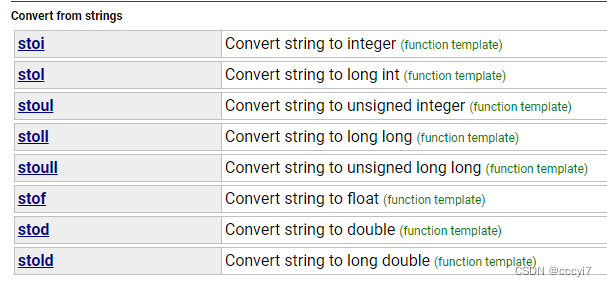
#include <iostream>
#include <string>
using namespace std;
int main() {
int val = 10;
string s_val = to_string(val);
cout << s_val << endl; // 10
val = stoi(s_val);
cout << val << endl; // 10
return 0;
}
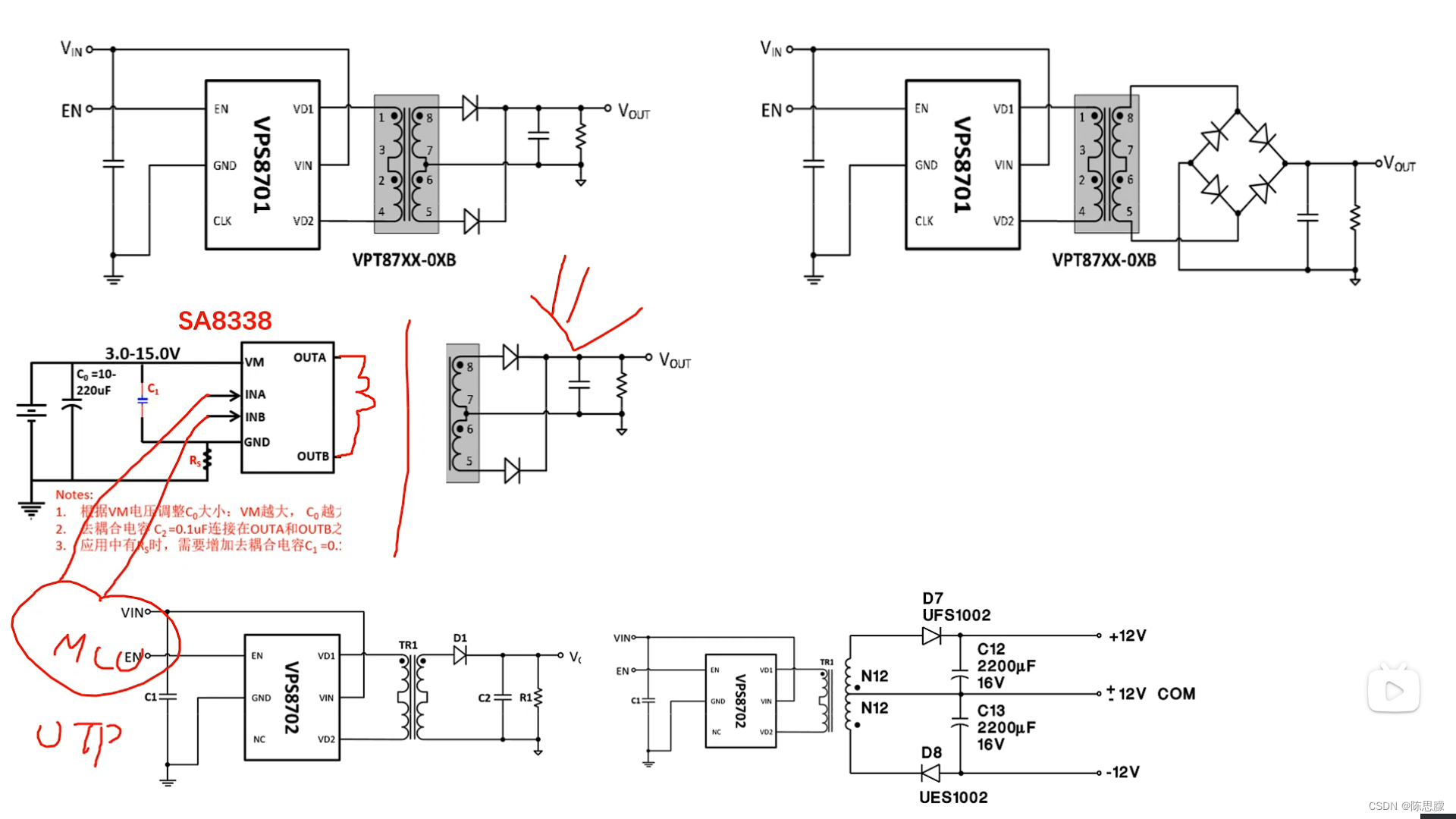
![【蓝桥杯】[递归]母牛的故事](https://img-blog.csdnimg.cn/fa4c8fcf50264a94bd73deade0d6a7fb.png)
